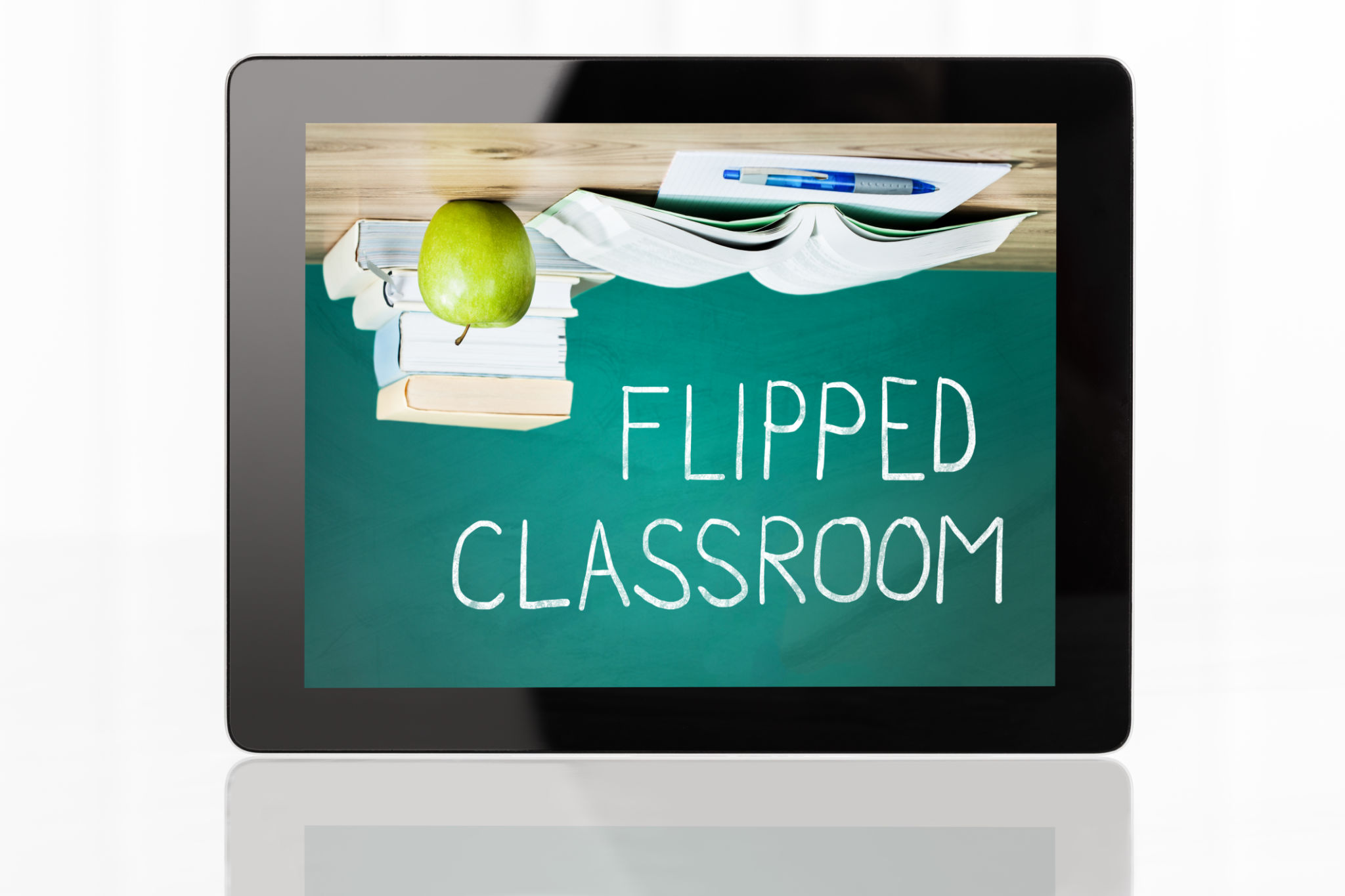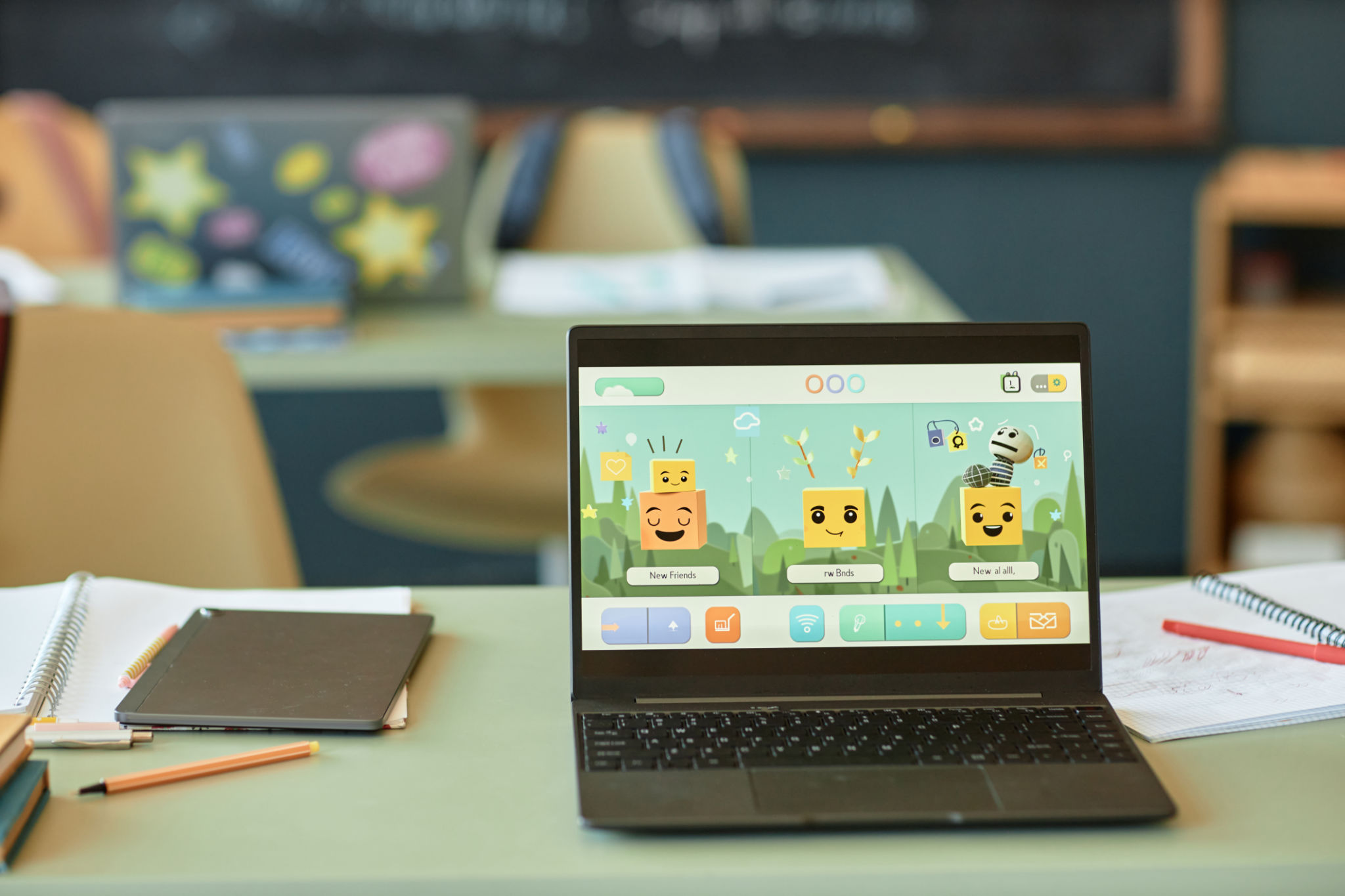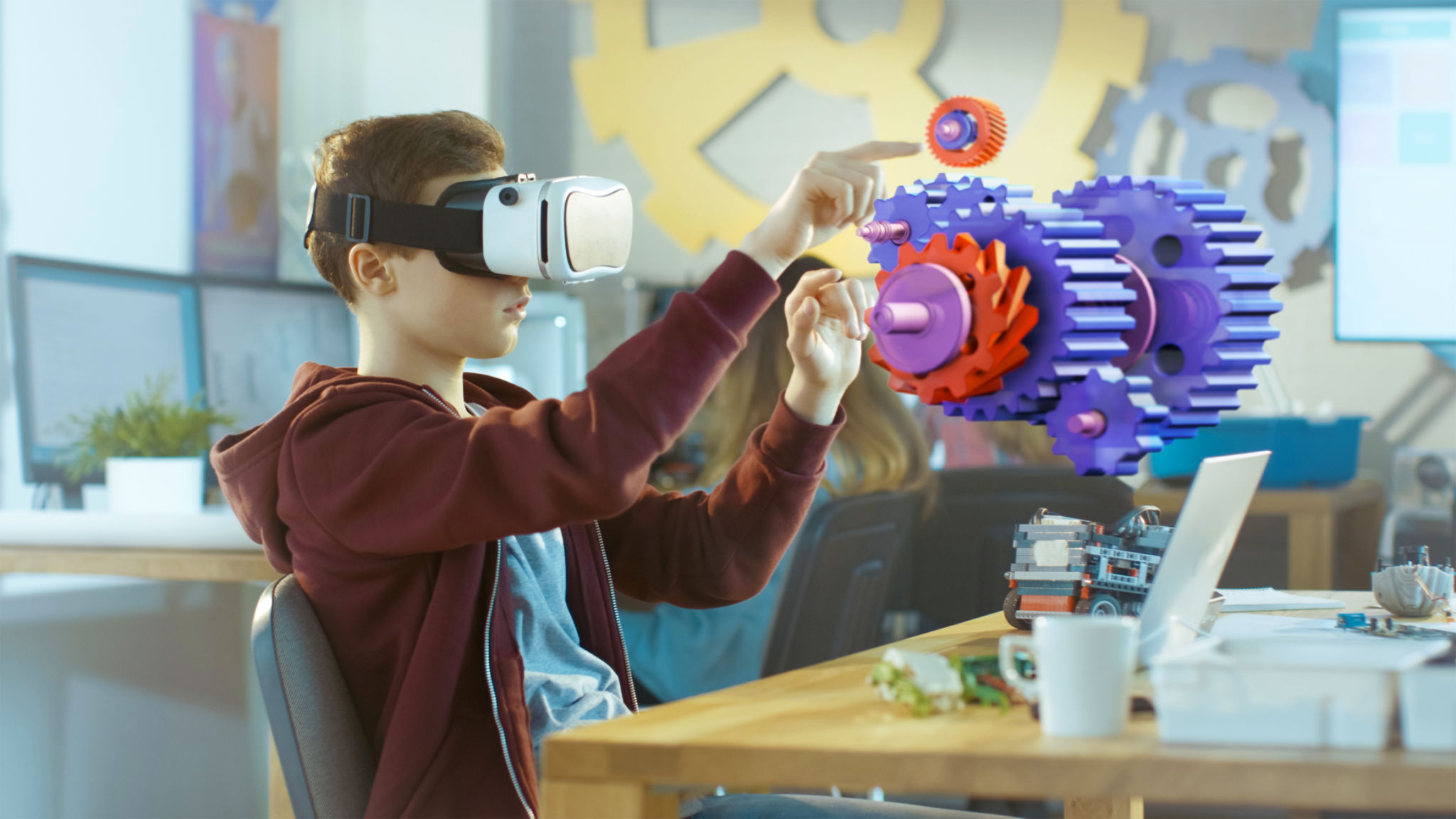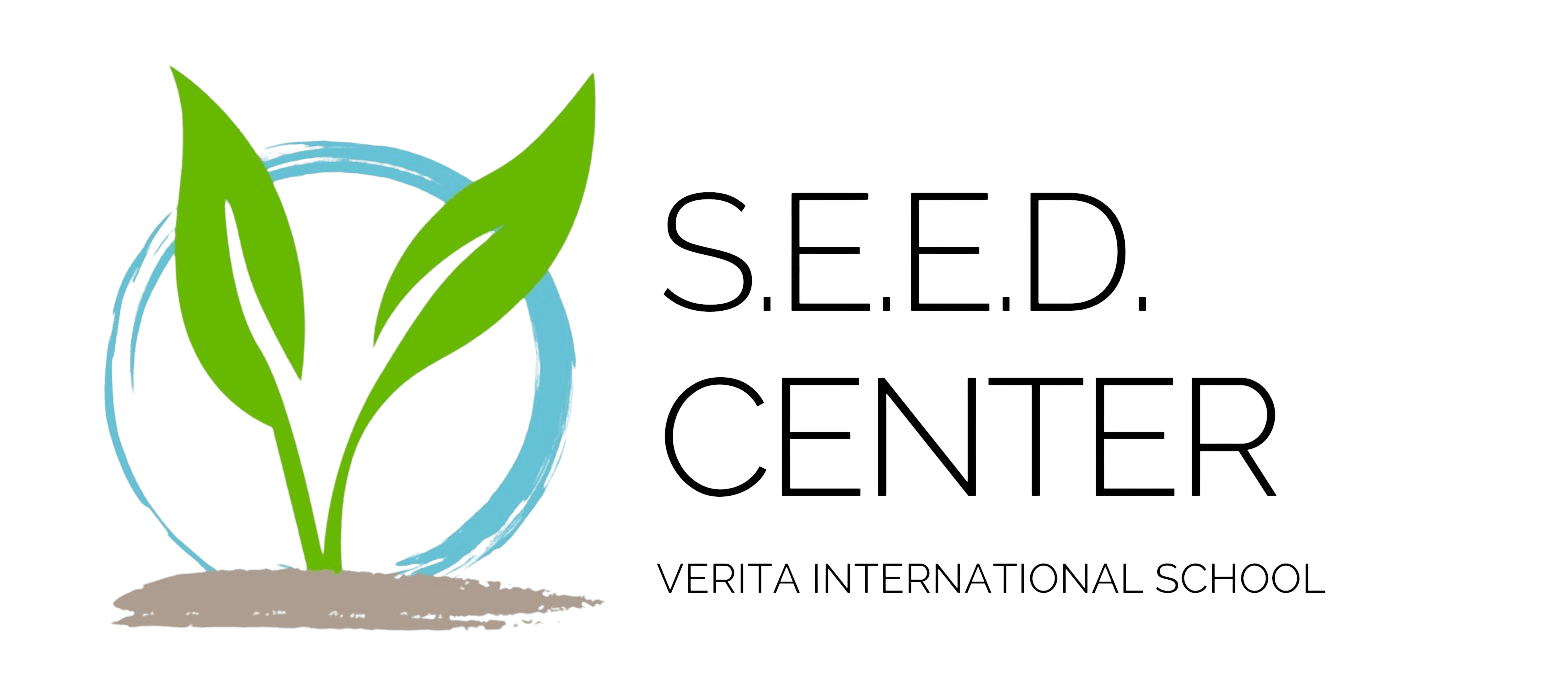Exploring Innovative Teaching Methods in Modern Education
Introduction to Innovative Teaching Methods
In the ever-evolving landscape of modern education, traditional teaching methods are being complemented, and sometimes replaced, by innovative approaches. These new methods are designed to engage students more effectively, catering to diverse learning styles and preparing them for a rapidly changing world. Embracing innovation in education not only enhances learning experiences but also fosters critical thinking, creativity, and collaboration among students.
Flipped Classroom Model
The flipped classroom model is a revolutionary approach that reverses the traditional learning environment. Instead of introducing new concepts in class, students engage with instructional content at home through videos or reading materials. Classroom time is then dedicated to applying these concepts through interactive activities and discussions. This method encourages active learning and allows educators to provide more personalized support.

Project-Based Learning
Project-based learning (PBL) is another innovative approach that emphasizes real-world problem-solving. In PBL, students work on projects over extended periods, which allows them to explore complex questions and challenges. This method promotes deeper understanding by encouraging students to apply knowledge across disciplines and develop essential skills such as collaboration, communication, and critical analysis.
Gamification in Education
Gamification involves incorporating game-like elements into the learning process to increase student engagement and motivation. By using points, badges, leaderboards, and challenges, educators can create an interactive and enjoyable learning environment. Gamification not only makes learning fun but also encourages students to take ownership of their educational journey.

Integrating Technology in the Classroom
Technology integration is a cornerstone of modern education. With tools such as tablets, laptops, and educational software, teachers can create dynamic and interactive lessons that accommodate various learning styles. Technology also facilitates access to a wealth of information and resources, enabling students to conduct research and collaborate with peers worldwide.
Virtual Reality and Augmented Reality
Virtual reality (VR) and augmented reality (AR) technologies are transforming the educational experience by providing immersive learning environments. VR allows students to explore new worlds, while AR overlays digital information onto the real world, enhancing understanding and engagement. These technologies offer unique opportunities to visualize complex concepts and make abstract ideas more tangible.

Personalized Learning
Personalized learning tailors educational experiences to individual student needs, preferences, and interests. By leveraging data and analytics, educators can create customized learning pathways that ensure each student progresses at their own pace. This approach fosters a sense of autonomy and empowers students to take charge of their education.
Adaptive Learning Technologies
Adaptive learning technologies use algorithms to adjust the difficulty of tasks based on student performance. These systems provide immediate feedback and support, helping students overcome challenges and build confidence in their abilities. As a result, adaptive learning can lead to improved academic outcomes and increased student satisfaction.
The Role of Educators in Innovation
While technology plays a significant role in innovative teaching methods, educators remain at the heart of the learning process. Teachers are essential in guiding students through new approaches and ensuring that innovation is used effectively to enhance education. By staying informed about emerging trends and continuously developing their skills, educators can create inclusive and effective learning environments.
